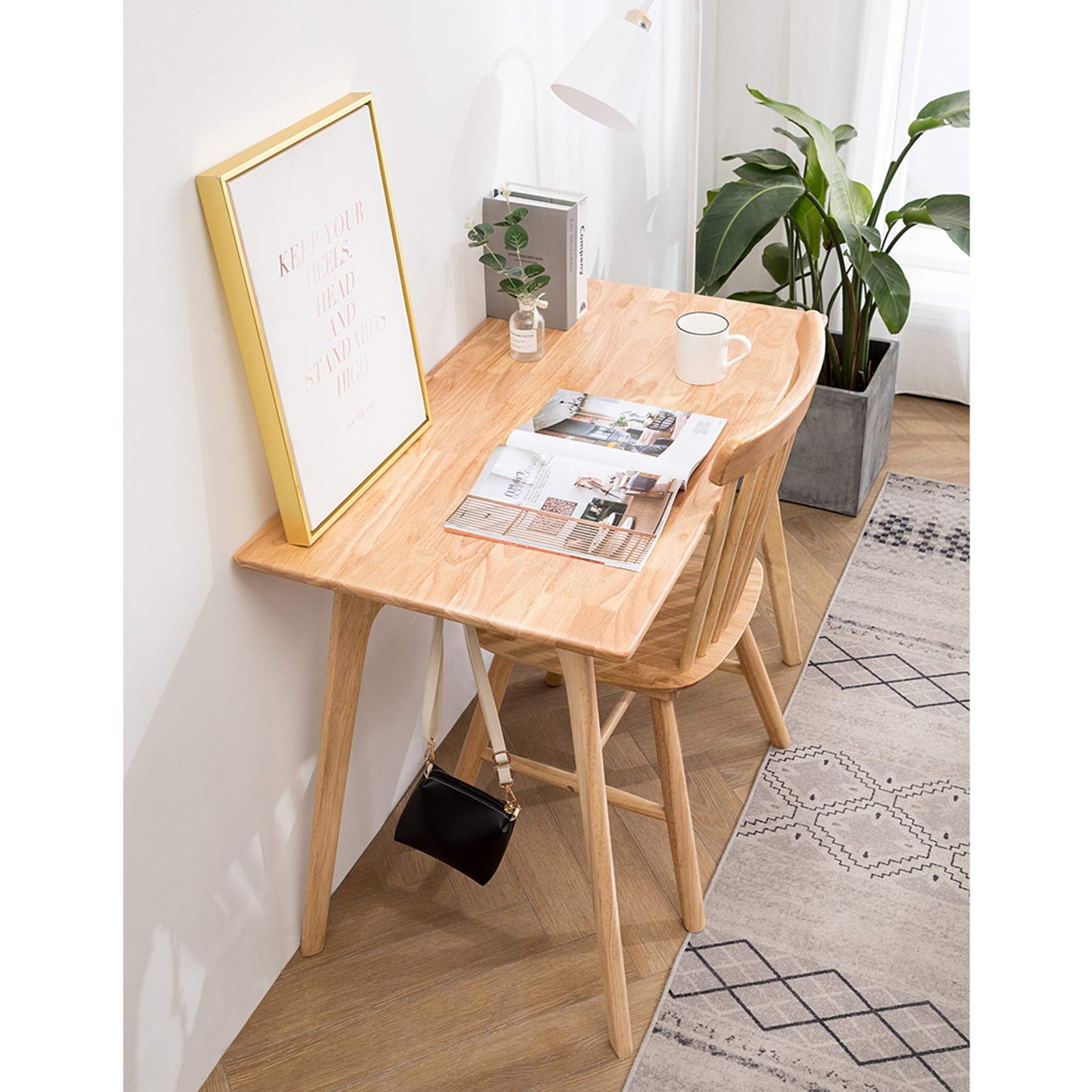Textures That Talk: How Material Choices Influence Focus & Mood
Share



When we think of focus, we often think about screens, schedules, or lighting.
But what you touch—the surface under your hands, the texture of your chair, even the grain of your desk—quietly shapes your mood and mental clarity.
Material design isn’t just visual; it’s psychological. Choosing the right textures and materials in your workspace helps your brain feel safe, engaged, and balanced.
1. The Psychology of Texture
Your brain associates smoothness, roughness, and softness with emotional cues.
-
Smooth, matte finishes calm overstimulation.
-
Natural grains and fibers ground you, triggering a sense of warmth and authenticity.
-
Harsh or synthetic textures can cause subtle agitation over time, even when unnoticed.
That’s why wooden desks feel more welcoming than glass ones, and linen upholstery feels more natural than vinyl. The materials around you literally talk to your nervous system.
2. Grounding Materials for Better Focus
🌿 Wood:
Wood is the most grounding material. Its organic patterns bring a sense of stability and connection to nature. Even light oak tones can lower perceived stress levels.
🪶 Fabric:
Soft woven textures — linen, cotton, felt — absorb sound and make the workspace feel less sterile. Use them on chairs, curtains, or pinboards.
🪨 Stone & Clay:
Cool, solid surfaces like slate coasters or ceramic planters add sensory balance. These materials provide visual stillness — a calm anchor for your desk.
🕯️ Metal & Glass (in moderation):
Metal accents can express clarity and structure, but too much can make a space feel cold. The best setups balance one “cool” material (like metal or glass) with two “warm” materials (like wood or fabric).
3. The “Tactile Neutral Zone”
A balanced workspace includes both smooth and textured surfaces.
-
Smooth → signals order and focus.
-
Textured → adds comfort and authenticity.
Mixing them keeps your brain stimulated without stress. For example, pair a smooth monitor stand with a soft felt mat or cork desk pad.
4. Aesthetics Meet Neuroscience
Design researchers call it neuroaesthetics — the science of how physical environments influence our emotions.
Studies show tactile variety helps maintain cognitive engagement. Too sterile, and your mind drifts; too cluttered, and it overloads.
When you introduce warm, natural materials, your space tells your brain, “You belong here. You can focus.”
